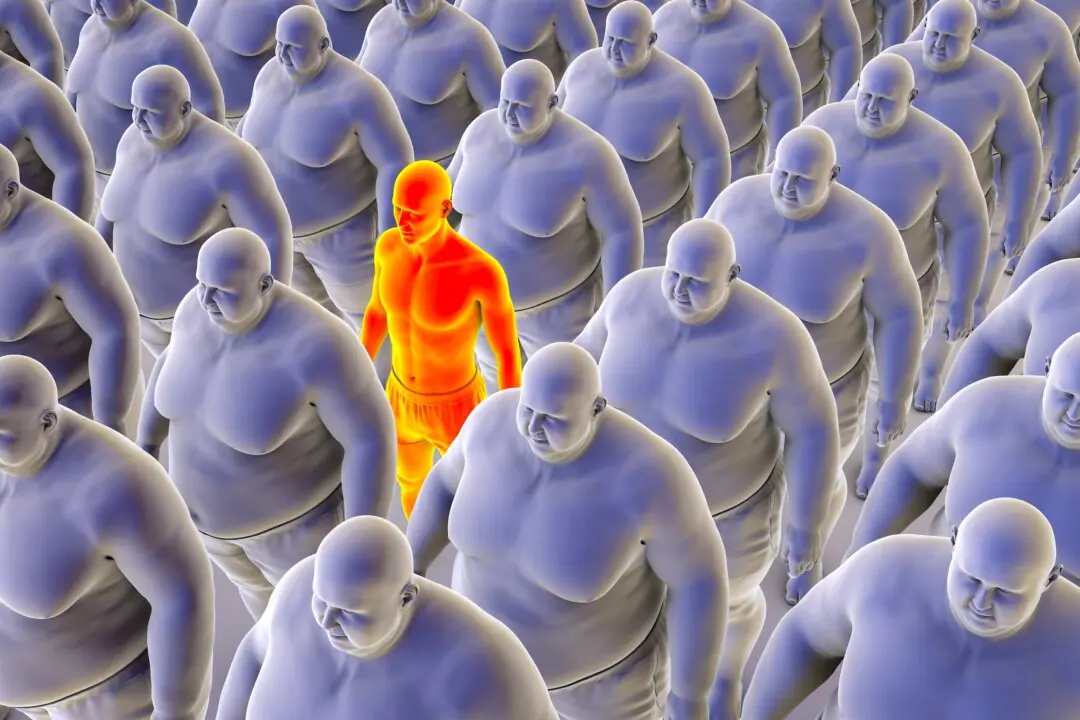According to Time Healthland:
- Swiss chard (1 cup = 1g of potassium)
- Winter squash (1 cup = 1g)
- Avocado (1/2 Florida variety = .8g)
- Dried apricots (1/2 cup = .9)
- Baked potato (1 large = .9g)
Potassium, an essential mineral “salt” sometimes referred to as the “good salt,” is making headlines for its role in your blood pressure health. I do not agree with TIME’s five food choices for potassium listed above (I'll explain why later), but I do suggest you make sure your diet includes foods high in potassium.
It’s long been known that people with higher intakes of potassium tend to have lower blood pressure levels, but a new study revealed just how great the benefit may be.
Researchers determined that increasing average potassium intake to the recommended 4.7 grams a day would reduce systolic blood pressure by between 1.7 and 3.2 mm Hg on a population-wide scale. This decrease, they suggest, is similar to the reduction that would occur if Westerners lowered their salt intake by 4 grams a day.
Signs You May be Deficient
Potassium is widely available in fruits and vegetables, but if you eat a highly processed diet, there’s a chance you’re not getting enough. Further, it’s generally recommended that you take in five times more potassium than sodium, but because most Americans’ diets are so rich in high-sodium processed foods, most people get two times more sodium than potassium.So if you have high blood pressure, it could be a sign that you’re lacking in this vital mineral. Likewise, if you’ve had excessive fluid loss, such as vomiting, diarrhea or sweating, it can also take a toll on your potassium levels, as can some medications, including certain diuretics, laxatives, chemotherapy drugs, and steroidal anti-inflammatory medications like Prednisone.
The Best Food Sources of Potassium
Many people immediately think of bananas when it comes to potassium, but you don’t need to eat bananas to make sure you’re getting enough (and because bananas are so high in sugar, I recommend you do not eat many of them at all).Bananas do contain potassium, but so does the vast majority of other fruits and veggies. Potassium is the predominant nutrient among most all fruits and vegetables, and there are other foods high in potassium out there.
An avocado, for instance, has more than twice as much potassium as a banana and is rich in beneficial monounsaturated fat. The avocado was one of the five foods to make TIME’s list above, and it, along with Swiss chard, are two great options.
However, I do NOT recommend eating dried apricots or baked potatoes for their potassium. Both of these foods are high in sugar (white potatoes are a vegetable, but they digest more like a grain) and will raise insulin levels beyond what is ideal for most people -- especially if you are struggling with high blood pressure.
Winter squash is a better choice, but still should be consumed only in moderation by some people due to its high carb content.
- Swiss chard (960 mg of potassium per 1 cup)
- Avocado (874 mg per cup)
- Spinach (838 mg per cup)
- Crimini mushrooms (635 mg in 5 ounces)
- Broccoli (505 mg per cup)
- Brussels sprouts (494 mg per cup)
- Celery (344 mg per cup)
- Romaine lettuce (324 mg per 2 cups)






The Potassium Blood-Pressure Connection
A proper balance of potassium both inside and outside your cells is crucial for your body to function properly. As an electrolyte, potassium is a positive charged ion that must maintain a certain concentration (about 30 times higher inside than outside your cells) in order to carry out its functions, which includes interacting with sodium to help control nerve impulse transmission, muscle contraction and heart function.